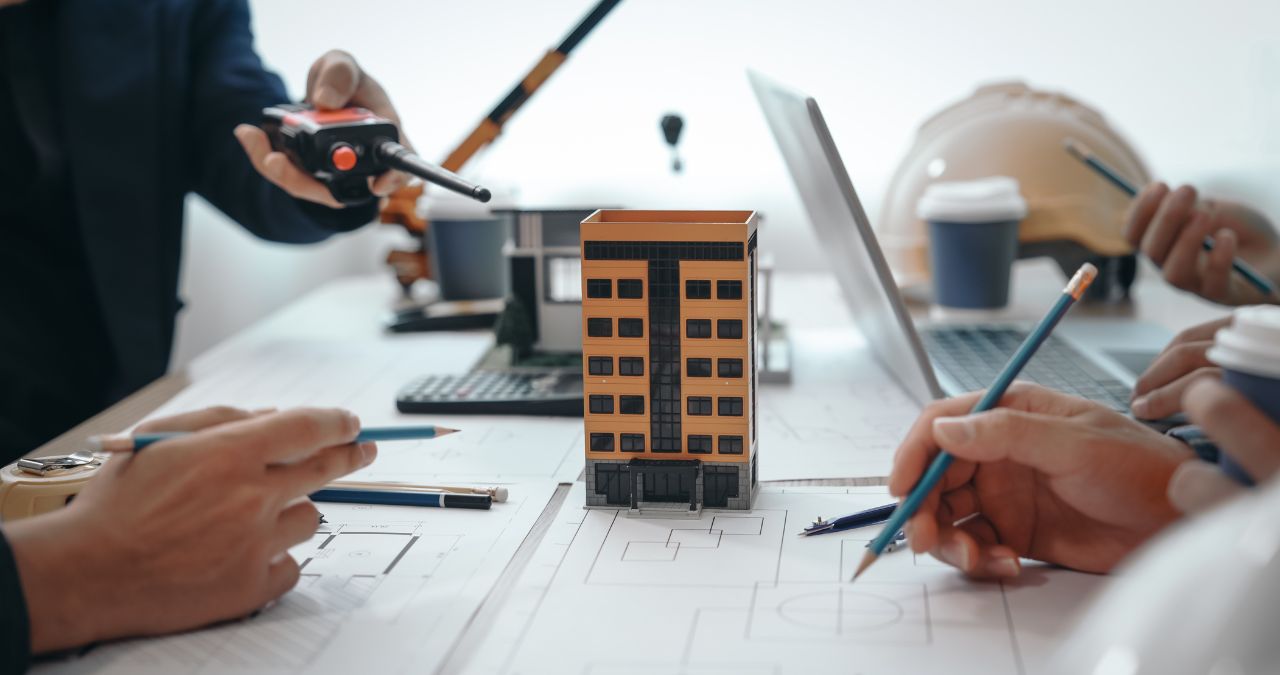The Complete Guide to Construction Permitting: Ensuring Compliance and Efficiency in Your Building Project

When embarking on any building or renovation project, one of the most critical steps to ensure legal compliance and smooth progression is Construction Permitting. Whether you’re a homeowner planning a small addition, a contractor building a commercial structure, or a developer managing a multi-phase project, understanding the ins and outs of construction permits is essential. Failure to secure the necessary permits can lead to costly delays, fines, or even the forced removal of completed work.
This comprehensive guide covers everything you need to know about Construction Permitting — what permits are, why they matter, how to obtain them, and best practices for navigating the permitting process efficiently.
What Is Construction Permitting?
Construction permitting refers to the official authorization issued by a governing authority that grants permission to begin and continue a construction project. It ensures that your project meets all relevant building codes, zoning laws, safety standards, and environmental regulations.
Permits apply to a broad range of construction activities, including:
- New building construction
- Structural alterations and additions
- Electrical, plumbing, and mechanical system installations
- Demolition work
- Land use changes and grading
The goal of permitting is to safeguard public health and safety, protect property values, and ensure community standards are upheld.
Why Is Construction Permitting Important?
1. Legal Compliance
Most jurisdictions require permits before any substantial construction activity. Proceeding without a permit is illegal and can result in fines, stop-work orders, or legal action.
2. Safety Assurance
Building codes exist to ensure structures are safe for occupants and the public. Permitting ensures that designs and construction methods meet these codes, reducing risks like fire hazards, structural failure, or electrical issues.
3. Insurance and Financing
Many insurance companies and lenders require proof of permits before providing coverage or funding. Unpermitted work can jeopardize claims and loan approvals.
4. Resale Value
When selling a property, unpermitted work can decrease value and complicate the sale process. Future buyers and inspectors will look for proper documentation.
5. Community Planning
Permits help local governments manage growth, infrastructure demands, and environmental impacts in an organized way.
Types of Construction Permits
Depending on your project’s nature and scale, you may require one or more of the following permits:
- Building Permit: For structural work including new construction, additions, or major renovations.
- Electrical Permit: Required for installation, alteration, or repair of electrical wiring and systems.
- Plumbing Permit: For new plumbing systems, upgrades, or repairs.
- Mechanical Permit: For heating, ventilation, air conditioning (HVAC), and other mechanical systems.
- Demolition Permit: Required before tearing down existing structures.
- Grading Permit: For land alteration, excavation, or filling activities.
- Zoning Permit or Variance: Needed when the project does not comply with existing zoning regulations and requires special approval.
The Construction Permitting Process: Step-by-Step
Understanding the process in advance can save you time and headaches. Here’s a typical workflow for obtaining construction permits:
Step 1: Pre-Application Research
Before starting, check your local jurisdiction’s website or contact the building department to understand the permitting requirements for your project. Some projects may be exempt, while others require multiple permits.
Step 2: Prepare Your Plans
Most permitting authorities require detailed construction plans and documents, often prepared by licensed architects, engineers, or designers. These plans demonstrate code compliance and provide the basis for review.
Step 3: Submit Permit Application
Submit your application along with plans, specifications, and fees. Many jurisdictions now offer online portals for easier submission and tracking.
Step 4: Plan Review
Building officials will review your plans for code compliance. This stage may involve multiple rounds of revisions and resubmissions to address questions or corrections.
Step 5: Permit Issuance
Once the plans are approved and fees paid, you receive your permit, officially authorizing work to begin.
Step 6: Inspections During Construction
Permits usually require periodic inspections at key milestones such as foundation, framing, electrical rough-in, and final completion. These inspections verify compliance at each phase.
Step 7: Final Approval
After passing all inspections, the authority issues a Certificate of Occupancy or completion, allowing you to legally occupy or use the building.
Common Challenges in Construction Permitting
1. Incomplete Applications
Submitting incomplete or inaccurate information is one of the biggest reasons for delays. Double-check your documents and work with professionals to ensure completeness.
2. Code Changes and Updates
Building codes and regulations evolve regularly. Stay informed about current codes and any upcoming changes that might affect your project.
3. Zoning Conflicts
Your project may not conform to existing zoning laws, requiring special permits or variances, which can add time and complexity.
4. Backlog and Delays
Some jurisdictions experience high volumes of permit applications, leading to extended processing times. Planning early and maintaining communication with officials helps.
5. Coordination Among Multiple Departments
Some projects require approval from several departments (planning, environmental, fire marshal, etc.). Coordinating these reviews can be time-consuming.
Tips for Streamlining the Construction Permitting Process
✅ Start Early
Begin your permitting process well before construction is scheduled to start. This buffer helps absorb unforeseen delays.
✅ Engage Professionals
Licensed architects, engineers, or permit expediter services can prepare plans and applications correctly, speeding approvals.
✅ Use a Permit Expediter
A permit expediter specializes in navigating permitting bureaucracy, coordinating with officials, and accelerating the process.
✅ Communicate Proactively
Stay in regular contact with your permitting office to track progress, clarify requirements, and respond promptly to any requests.
✅ Prepare for Inspections
Coordinate inspection schedules carefully to avoid work stoppages. Ensure your site and work comply with plans before requesting inspections.
How Technology Is Changing Construction Permitting
Many jurisdictions now offer:
- Online Permit Submission and Tracking: Simplifies application filing and status monitoring.
- Digital Plan Review: Allows faster, paperless review by officials.
- Automated Notifications: Alerts applicants when actions or documents are needed.
- Mobile Inspection Apps: Enable inspectors to record results and communicate findings in real-time.
These technologies improve transparency, reduce errors, and speed up approvals.
What Happens If You Don’t Obtain Proper Permits?
Failing to secure the necessary permits can have serious consequences, such as:
- Fines and Penalties: Authorities can levy substantial fines or require corrections.
- Stop Work Orders: Construction may be halted until permits are obtained.
- Mandatory Demolition: Illegal structures may have to be removed.
- Difficulty Selling Property: Unpermitted work complicates sales and financing.
- Insurance Claims Denied: Damage related to unpermitted work may not be covered.
Always ensure you have the proper permits before starting any construction.
Conclusion: Making Construction Permitting Work for You
Proper construction permitting is more than just red tape; it’s a vital part of a safe, legal, and successful building project. By understanding the permitting landscape, preparing thoroughly, and engaging with the right professionals, you can minimize delays, avoid legal troubles, and ensure your project meets all necessary standards.
Remember, the key to a smooth construction permitting experience lies in early preparation, clear communication, and adherence to local requirements. Taking these steps upfront will help you complete your project on time, within budget, and with confidence.






